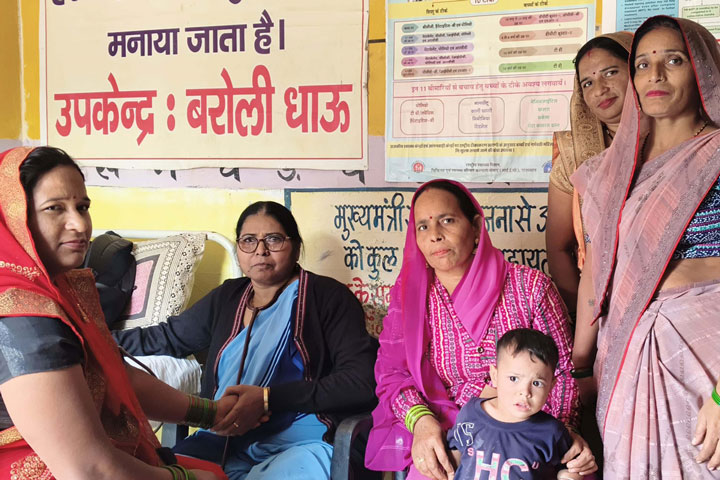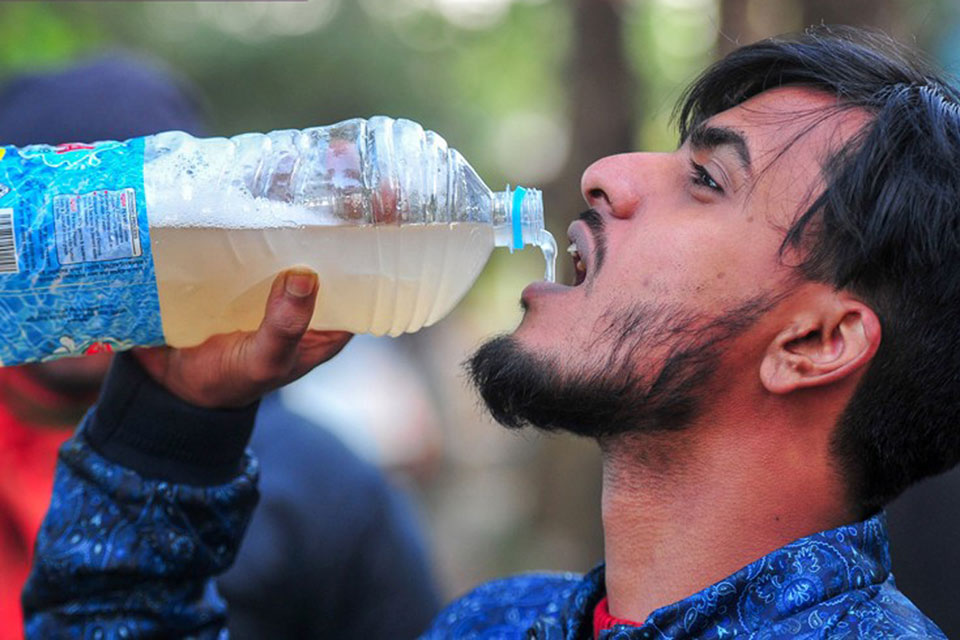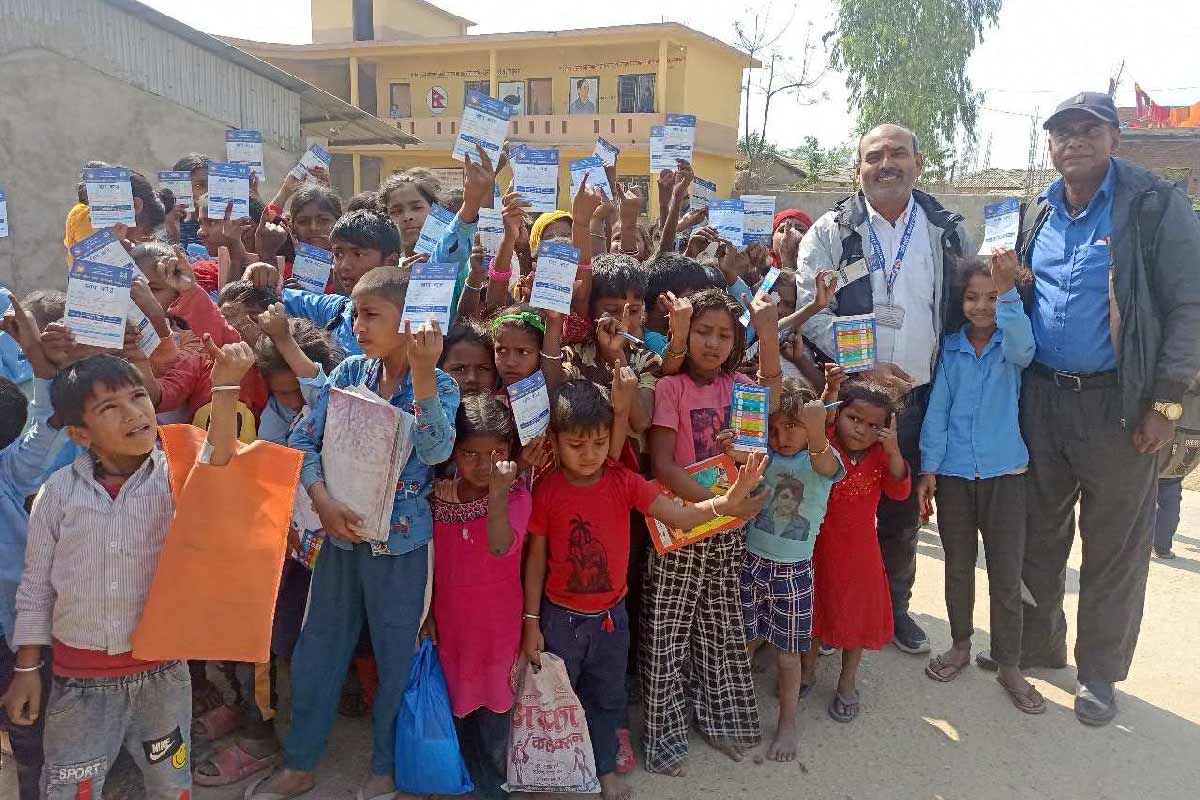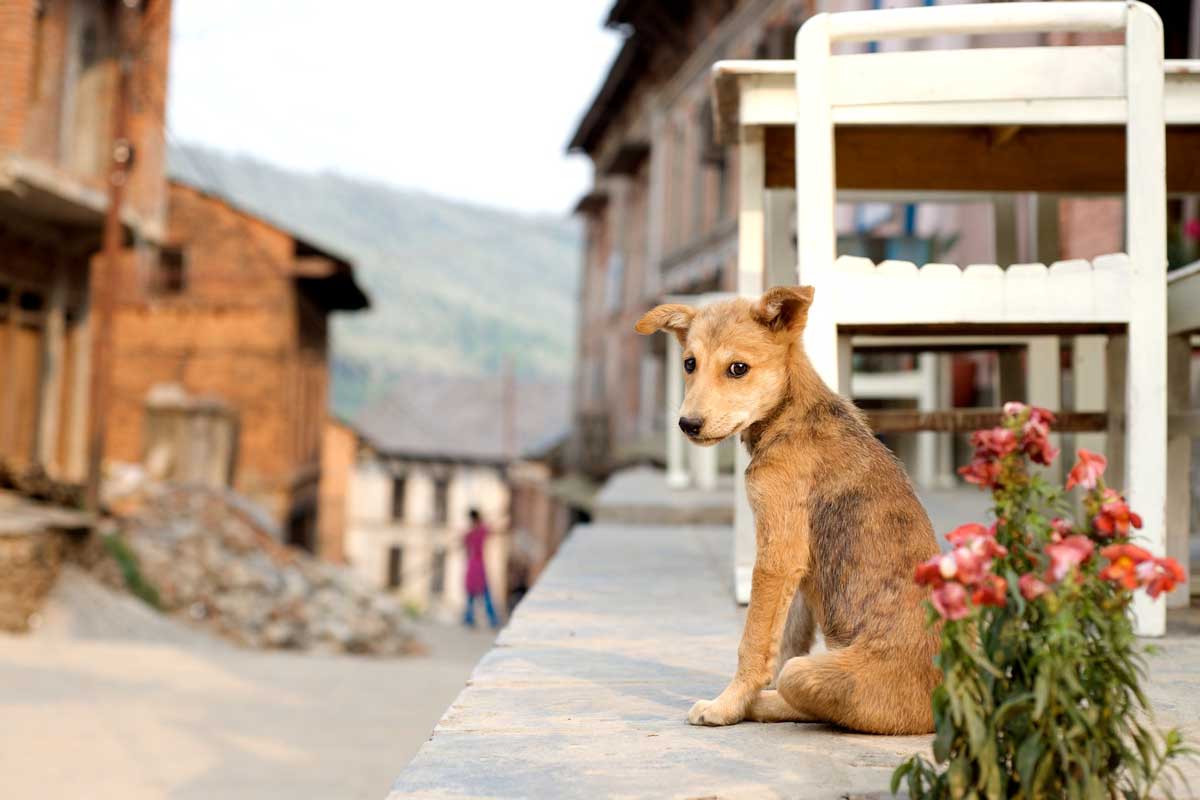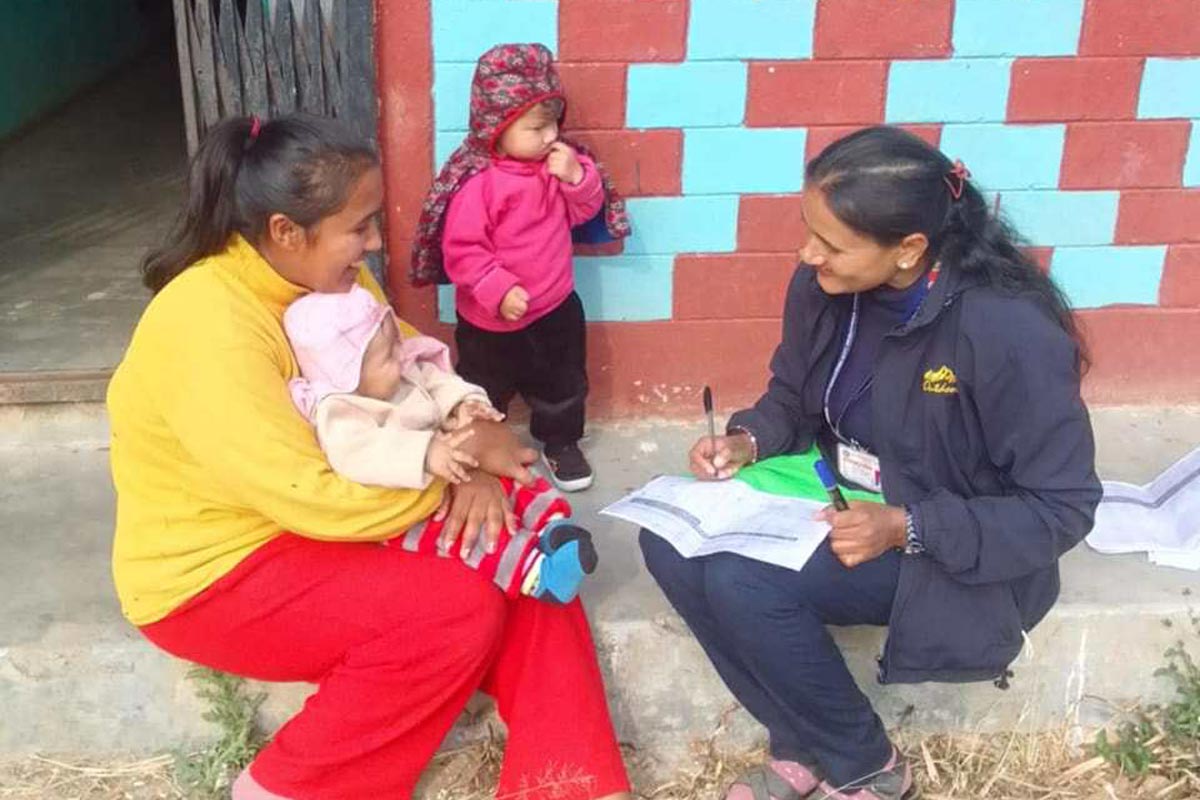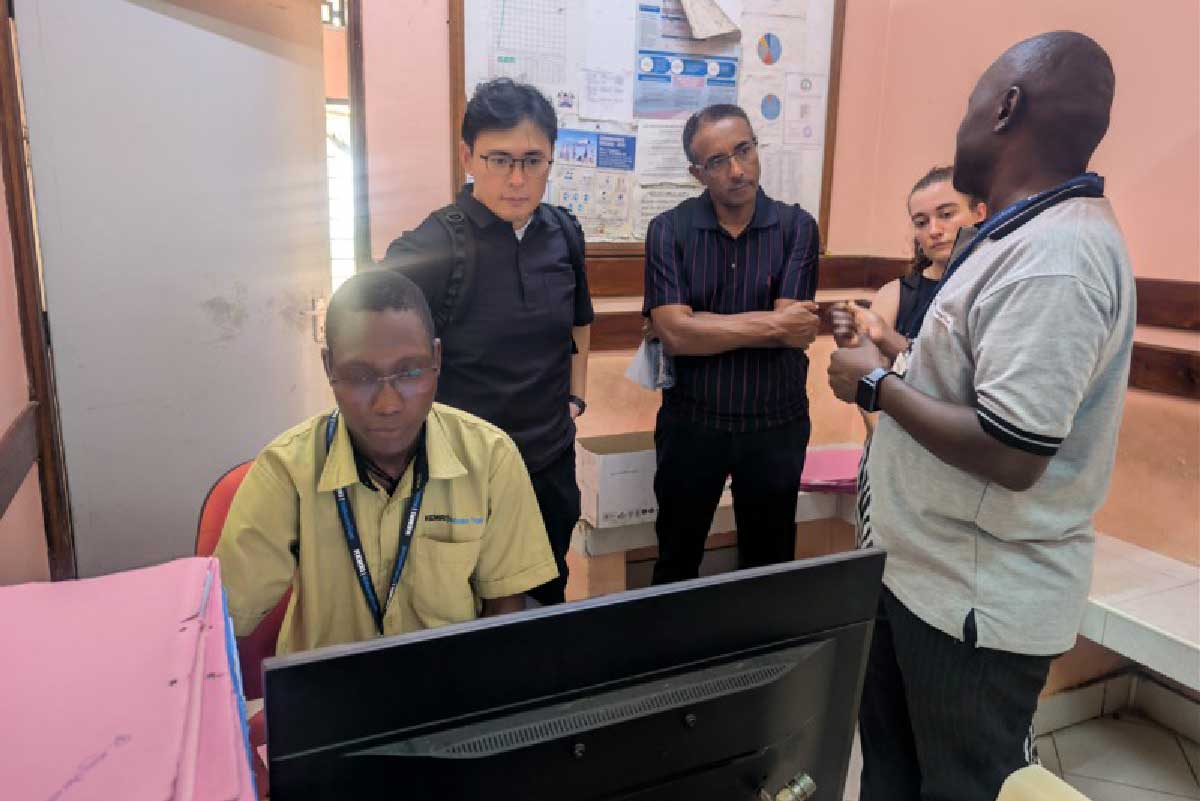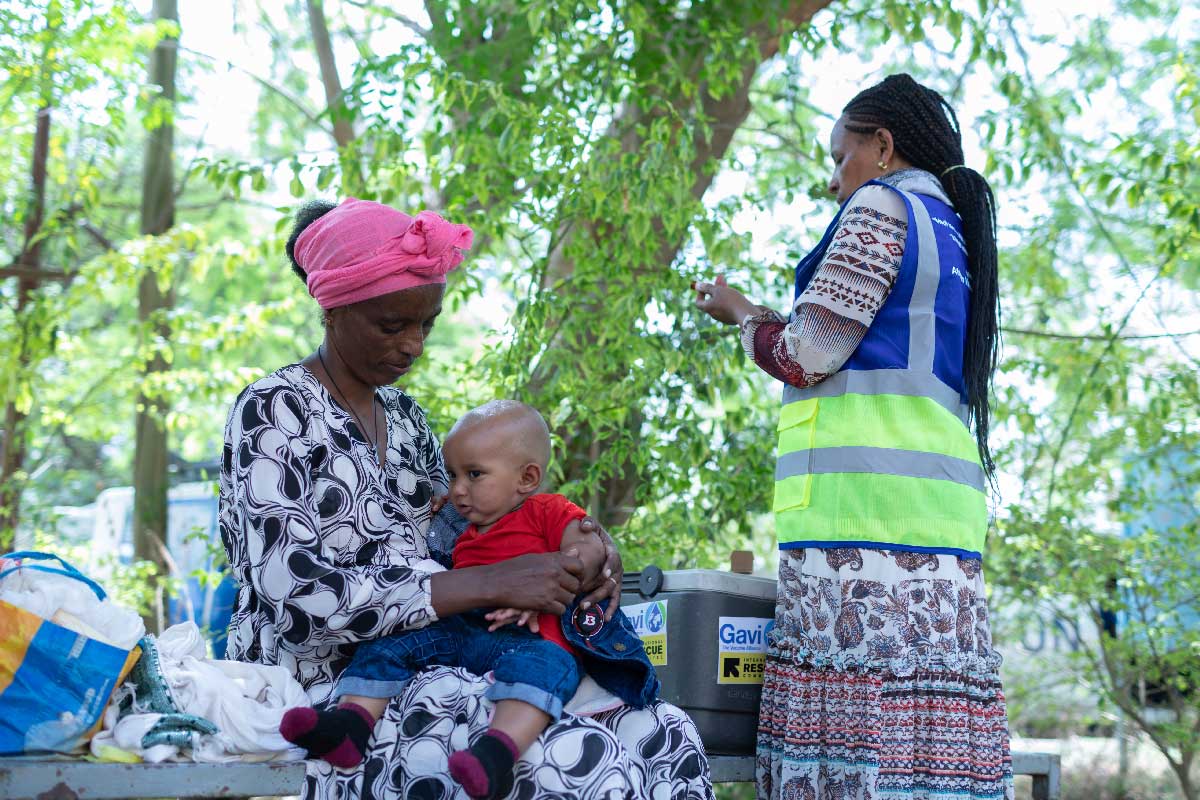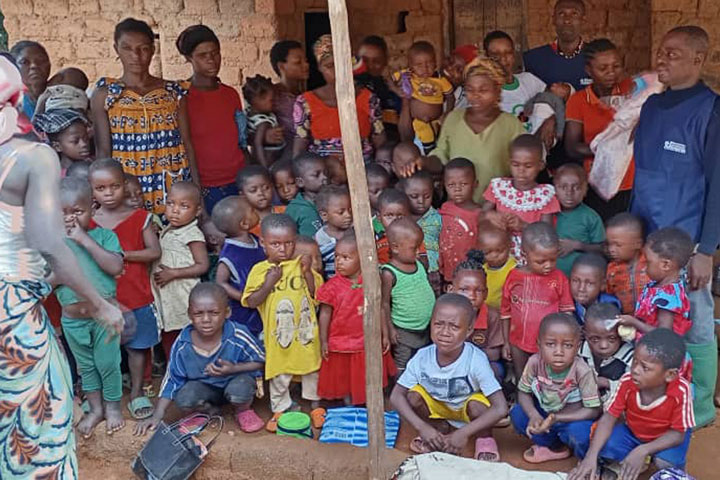A deadly disease of the lowlands has moved into Nepal’s hill zones
Visceral leishmaniasis, also called kala-azar, is spread by sandflies and was historically endemic to warmer, lowland environments. Since 2016, however, cases have been reported even in seasonally snowbound parts of the country.
- 31 January 2025
- 5 min read
- by Pragya Timsina
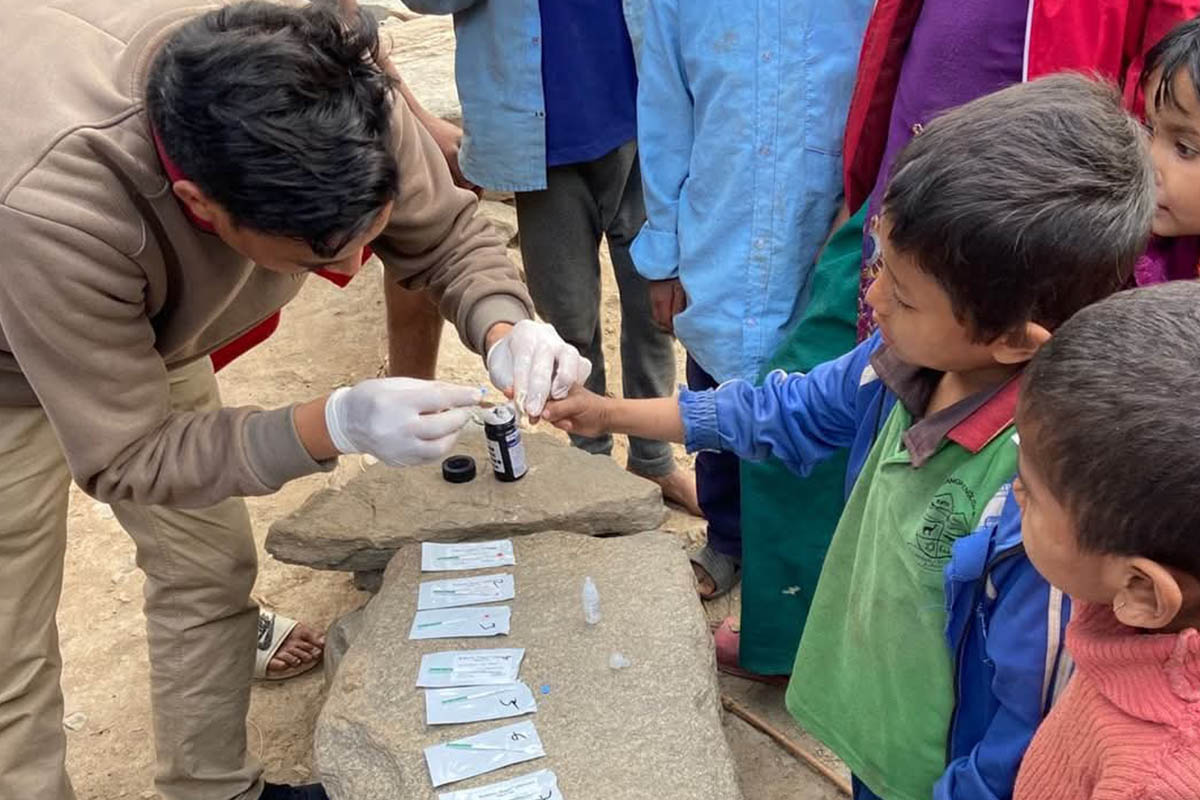
Remote Kalikot district in Nepal sits at an elevation of 2,500 metres. Summers are fresh, and most winters, much of the district lies under a blanket of snow. Little wonder epidemiologists had a hard time accepting that in 2020, the area saw an outbreak of kala-azar, a sandfly-borne tropical disease typically endemic to warmer climates.
But no fewer than 40 new cases of the disease, also known as visceral leishmaniasis (VL), were reported from Kalikot that year. A further 37 new cases were reported from another hilly district, Okhaldhunga.
History of kala-azar in Nepal
Nepal has been troubled by kala-azar, a deadly vector-borne parasitic illness, since at least 1960. But cases have historically clustered in about a dozen districts in the southeastern part of the country’s Terai region.
The Terai is a tropical lowland zone, with dense forests, grasslands and wetlands – characteristics that have made it a hunting ground for many disease-spreading insects, including malaria mosquitoes and the Phlebotomus argentipes, a species of sandfly that spreads leishmaniasis.
Most active at night and in the warm months of April to May, and September to October, the sandfly has especially threatened people sleeping outside of their houses at night to escape the heat.
But by 2016, the geographical spread of the sandfly was changing, with some hillier districts reporting cases. That year, the government declared that as many as 18 districts in Nepal were now endemic for kala-azar, meaning that now more than 8.6 million people living in those districts were considered at direct risk.
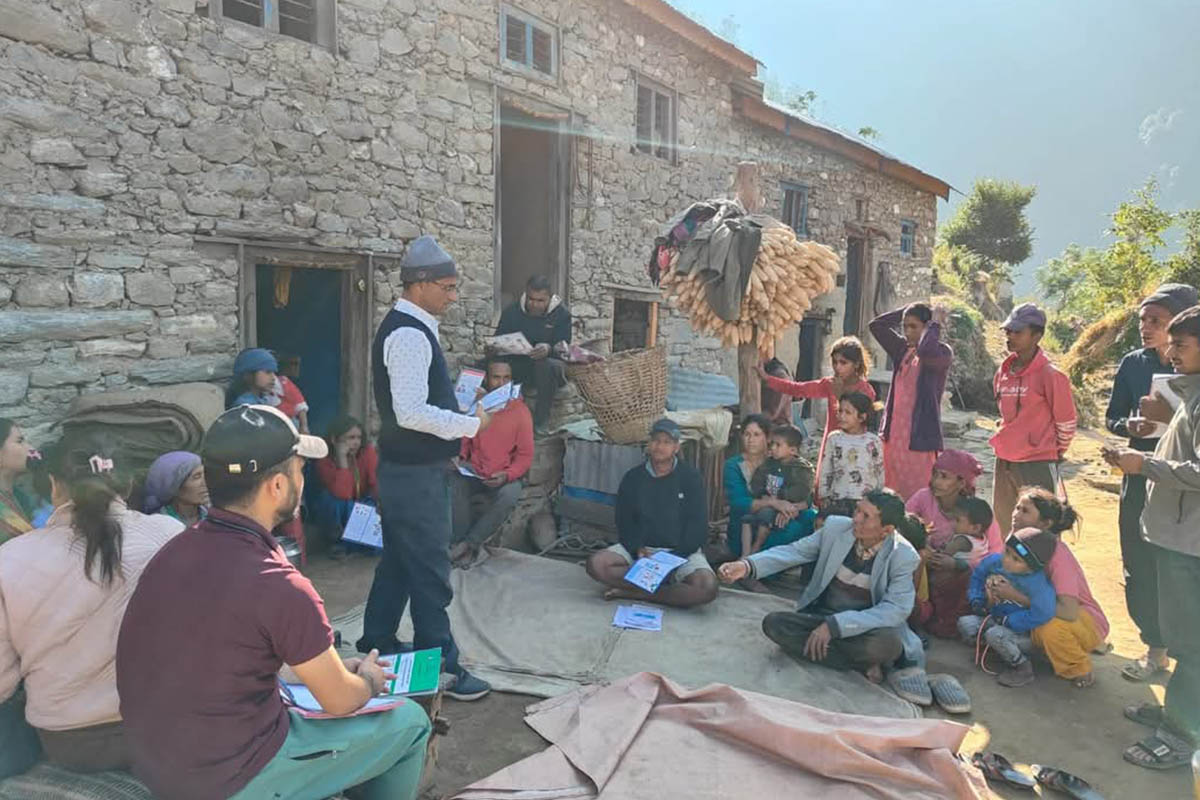
Upwards
In 2020, Dr Bishad Dahal was working as a Medical Officer in Rukum, a rural, hilly district.
One day a middle-aged woman residing in the higher reaches of the district visited him complaining that her abdomen had been distended for a few months. When he further enquired about her symptoms, she revealed that she had a fever, had lost weight and was experiencing a bleeding manifestation as well.
Indeed, she looked ill: frail and severely pale. He palpated her belly and found the spleen was hugely enlarged, appearing to occupy much of her abdomen. Dr Dahal then referred his patient to a cancer hospital, counselling them of the possibility of blood-related malignancies. It wasn’t that he didn’t know the symptoms of kala-azar, it was that he simply hadn’t considered that kala-azar might exist in a district that was covered in snow for three to four months in a year.
A month after he referred her onwards, Dr Dahal’s patient returned – to his surprise. Happily, she was healthy, after a diagnosis of leishmaniasis had led to a successful course of treatment at the referral centre.
VL is fatal in 95% of cases without treatment, but effective medicines are available, and especially when administered to otherwise healthy patients, often result in a cure, though the enlarged spleen that is typical can take months to shrink down to its usual size. Relapse is a risk: doctors tend to declare a definitive cure only six months after treatment.
Dr Baburam Marasini, who previously worked as a head of Nepal’s Epidemiology and Disease Control Division (EDCD), acknowledges that kala-azar’s migration into the hills and mountains of Nepal has created a great challenge in disease control. According to Dr Marasini, Nepal had previously targeted elimination of kala-azar as a public health problem – defined as fewer than 1 case per 10,000 population – in 2015. That target had been close, but outbreaks of the disease in hilly districts like Okhladhunga and Kalikot compelled the government to shift their target to 2026.
Dr Megha Raj Banjara, Associate Professor of Microbiology at Tribhuvan University, believes that climate change, leading to increased temperatures in the hills and mountains, is the major culprit for this disease migration. Improved access to these regions due to expanding road networks and transportation, and the consequent increased movement of people, are a further factor.
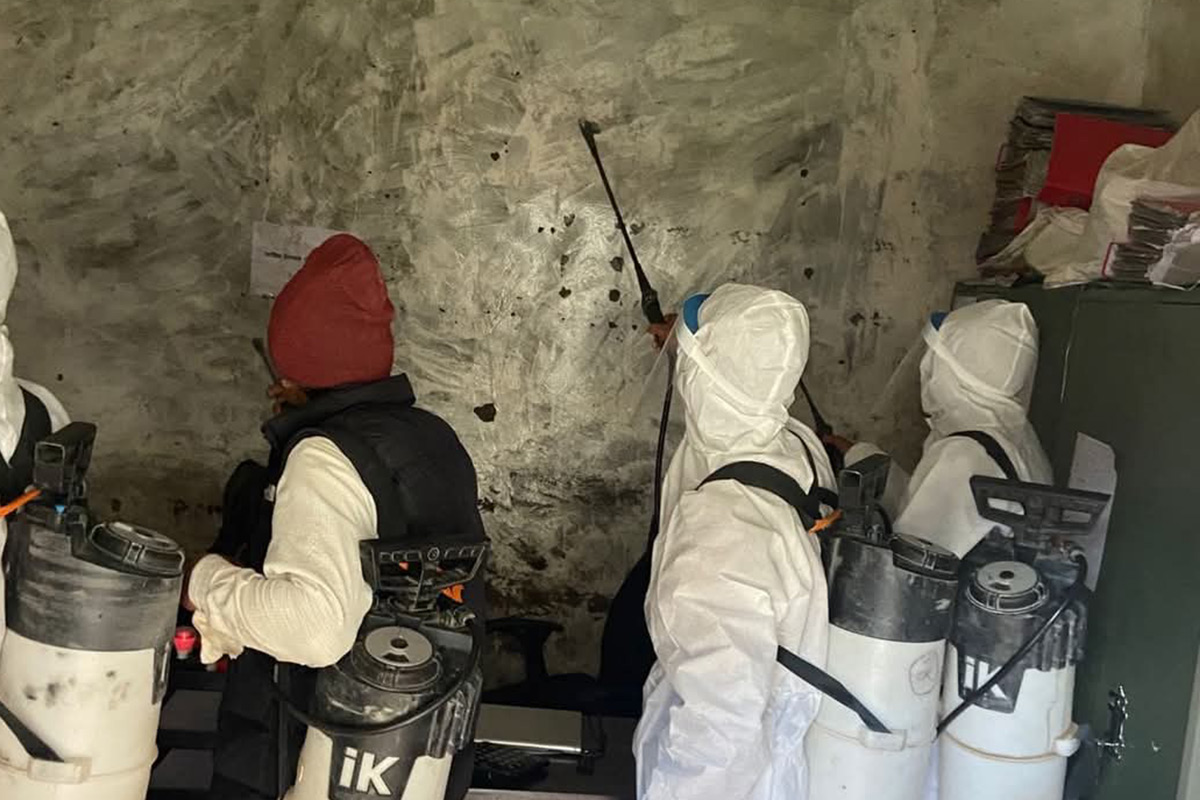
Progress, amid a growing challenge
Cases of the disease – and deaths from it – began to rise in 2000, compelling the government to launch a plan. In 2005, with the guidance of the World Health Organization, Nepal entered into a collaborative strategy with its likewise endemic neighbours, India and Bangladesh, aiming to eliminate VL by 2015.
Though the target has been shifted – and despite the spread of the sandfly’s dominion – this collaboration and commitment helped Nepal to reduce the burden of disease significantly. By 2018, most districts had reported fewer than 1 per 10,000 cases. The highest annual tally of new cases remains 2003’s, with 2,229 patients diagnosed. Since 2020, the number of cases has been limited to around 200 annually.
Have you read?
The strategy is multifaceted. One emphasis has been on the provision of free treatment to patients: even the most expensive medicines have been made free and easily available everywhere. The government also provides the transportation fare for hospital visits to infected individuals; the 39 Nepalese rupee screening kits have been put at the disposal of primary health centres to lower the barrier to diagnosis.
Further, in the community, the government operates an active programme of surveillance and destruction of the sandfly vector. In the endemic regions, people are given mosquito nets. Creating awareness in the community is another key measure of this programme, which is being done by producing various songs, documentaries and short films at local as well as national level.
Birendra Sanjel, who leads the department of health of Kalikot district village municipality, says he has felt that in the last two years, numbers of cases have been decreasing, and with the current strategy, he hopes Nepal will eliminate kala-azar by 2030.
More from Pragya Timsina
Recommended for you
